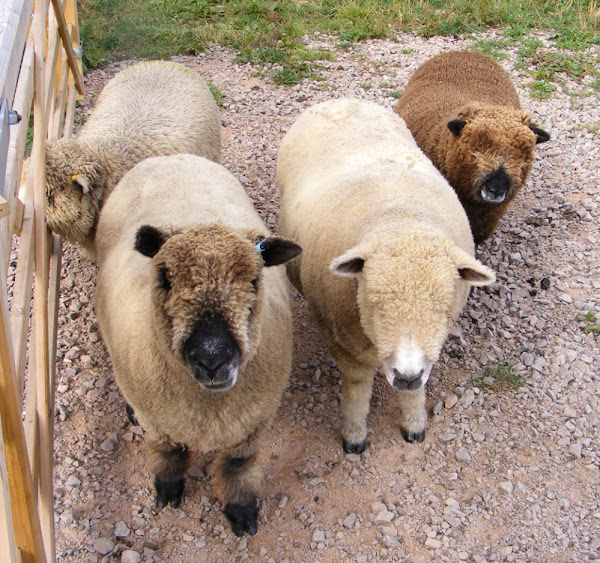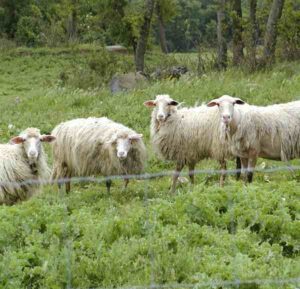The Ryeland sheep is a breed of domestic sheep from United Kingdom. It is a downs type sheep originating from Herefordshire in England.
It is one of the oldest English sheep breeds, going back 7 centuries when the monks of Leominster in Herefordshire bred sheep and grazed them on the rye pastures.
And the breed was named for the rye pastures. In the year of 1919, the Ryeland sheep was introduced into Australia and it is classified as an endangered breed by the Rare Breeds Trust of Australia.
And it is one of the 9 heritage breeds that were the foundation of the sheep and wool industry in Australia. It was one of the sheep breeds used to introduce the poll gene to the Dorset breed in the development of the Poll Dorset.
The Ryeland sheep breed is raised mainly for meat production. Read some more information about this breed below.
Ryeland Sheep Characteristics
The Ryeland sheep are medium to large sized animal. They have a similar head than most terminal sires which makes them a good choice for maiden or Merino ewes.

They are usually of white color, but a colored gene does occur in the United Kingdom. The colored gene appears to be unknown in Australia. Their hooves are generally black.
Both rams and ewes are naturally hornless. Photo and info from Wikipedia.
Uses
Ryeland sheep is a meat sheep breed. It is raised mainly for meat production.
Special Notes
The Ryeland sheep are hardy animals. They are docile in terms of temperament. The ewes are noted for their high fertility.
These animals are easy on fences compared to many other sheep breeds, mainly due to their blocky build. They are ideal for small properties.
They have relatively fast growth rate and mature pretty earlier. They are said to have good resistance to footrot.
Wool of the Ryeland sheep resists felting. The staple length is generally 8 cm to 10 cm, with a fiber diameter of 25 to 28 microns.
The fleece on average weighs 2 kg to 3 kg. However, review full breed profile of this breed in the following chart.
| Breed Name | Ryeland |
| Other Name | None |
| Breed Purpose | Mainly meat |
| Special Notes | Strong and hardy, excellent meat breed, well adapted to a variety of climates, docile temperament, ewes are noted for high fertility, easy on fences, ideal for small properties, fast growth rate, mature pretty earlier, have good resistance to footrot, the fleece on average weights 2 to 3 kg. |
| Breed Size | Medium to large |
| Horns | No |
| Climate Tolerance | All climates |
| Color | White |
| Rarity | Common |
| Country/Place of Origin | United Kingdom |






